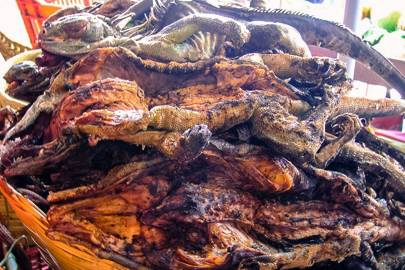Day 2 of my Florida trip was more than a success! After a full day of snorkel and shark tagging with some awesome people I got the chance to interview master diver Adam Moccio! What made me so interested in interviewing Adam wasn’t just that he is a master diver but he is also a very experienced spear fisher. Spearfishing is a new sport for that my friend and I have been trying the past two summers so I was more than excited to hear some tips and stories from a pro.
Q: so to start simple how long have you been diving?
A: I started diving 16 years ago
Q: and how many of those years have you been spearfishing
A: I have about 9 years of spearfishing under my belt
Q: So what made you decided to get into spearfishing?
A: well I grew up fishing and scuba diving in Florida and one day I realized that I could combine my two passions into one!
Q: when you’re out spearfishing what’s you’re biggest worry if you have any
A: sharks for sure! Around here we call them tax man and sometimes you just gotta give up your catch to the tax men.
 Q: whats you’re favorite fish to shoot!
Q: whats you’re favorite fish to shoot!
A: hogfish no doubt. They’re plentiful delicious and dumb. Hog fish like to come into the open to check you out and they will almost always turn to look at you giving the perfect shot.
Q: what is the biggest fish you have ever shot?
A: My personal record is a 58 inch 72 pound black grouper I shot at mar cases about 40 miles west of Key West.
Q: Is there one moment spearfishing that really sticks out too you?
A: So I was diving in Jupiter with some really low visibility when I shot about a 40 pound Amber Jack. Next thing I know there were about 10 sharks around and I got the Jack on my stringer and the sharks shredded right through it and stole my fish.
Q: Over the many years that you have been diving and spearfishing what kind of changes have you seen in Floridas waters.
A: well when I was younger you could go right off shore and find big and lots of them, but now they are far and few between. Also the reefs themselves just don’t have the same life they had years ago.
After the interview my conversation with Adam went on for a while, but I don't need to blog all that. The last tip that Adam gave me though is that when it comes to spearfishing one of the most important things is knowing your laws and regulations. Shooting the right amount and right size fish is extremely important because those regulations are set in order to help protect and restore our fish populations.
#Taxman #spearfishing #hogs #savetheocean #wheredthefishgo
http://www.pompanodive.com/
http://www.spearfishingworld.com/





































